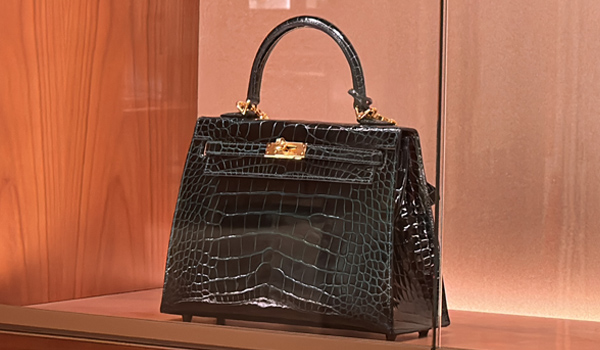
Hermès bags are the crown jewels of the luxury fashion world. Mention a Birkin or Kelly, and the reaction is always the same, admiration, envy, maybe a little disbelief. But while most people think they can just stroll into a boutique and buy one, the reality is far more complex. The so-called “Hermès quota bag system” is a carefully crafted blend of scarcity, loyalty, and mystery. And it’s that very mystique that keeps fashion lovers chasing the dream.
At Hermès, not all bags are created equal. The Birkin and Kelly, both icons in their own right, fall under what’s called the “quota bag” category. That means clients are limited in how many they can buy per year. Hermès generally allows two quota bags annually, usually one per semester. Sounds simple, right? But here’s where it gets sticky: there’s no official list, no online signup, and definitely no guarantee.
In fact, the Hermès team is tight-lipped about how the process works. And while the rules may seem elusive, there’s a method to the madness. As explained in this deep dive on Hermès quota bags, the system is built around protecting the exclusivity of these bags, not mass-selling them. That means controlling who gets them, when, and under what conditions.
Let’s get this out of the way: you can’t just walk in and buy a Birkin. Even with a six-figure budget. Hermès doesn’t operate like your average luxury retailer. Their sales associates aren’t paid commission on Birkin or Kelly sales. So no, they aren’t secretly hoarding bags in the back for the highest bidder. Instead, they’re building long-term client relationships. The brand values loyalty over impulsive big spenders.
That means you’ll need to build a “purchase history”, a soft requirement, but one that almost every collector mentions. And no, it’s not just about buying bags. Clients who regularly invest in Hermès scarves, belts, jewelry, shoes, and home items are seen as more “brand-loyal.” One source explained that they spent thousands on non-bag items before ever being offered a Birkin.
And yes, there’s some luck invovled. Sometimes, you might be offered a bag when you least expect it. But most of the time, it’s your relationship with a sales associate (SA) that gets you that holy grail text or whisper: “We have something for you.”
Your sales associate is everything. They track your preferences, your size, your favorite leathers and colors. They also quietly build your profile in the Hermès system. Some boutiques even use internal metrics to prioritize which clients get offered quota bags, based partly on sales history and overall engagement with the brand.
Building trust with an SA takes time. And it isn’t about schmoozing, Hermès staff are trained to spot genuine interest. That means asking about leathers, learning about craftsmanship, and showing an appreciation for Hermès history. Don’t just beg for a Birkin on your first visit. Instead, show curiosity and passion for the brand’s DNA.
According to Business of Fashion, even regulars don’t always get to pick the color or size they want. Sometimes, it’s simply a “yes” or “no” to what’s available that day. If you pass, you might wait another year for your next shot.
Although Hermès has implemented a centralized tracking system, each store has some flexibility. Some boutiques manage their own quotas more liberally. Others enforce the “two per year” rule strictly. One SA in New York may offer you a Kelly in May, while another in Paris might say your quota’s already filled for the year, even if you haven’t bought anything yet. It all depends on the store’s policy, inventory, and how well they know you.
Recently, Sotheby’s noted that more Hermès clients are finding themselves caught in stricter cross-border tracking. That means purchases in Tokyo or Dubai can count against your yearly quota in Paris. Hermès is keeping things tight, trying to reduce duplicate accounts and reselling loopholes.
But don’t let that deter you. Many clients find that smaller boutiques in quieter cities are more responsive and intimate. Without the crush of international demand, sales staff in those stores often have more time to develop real client relationships. That, in turn, improves your odds when that dream bag comes through the door.
The resale market for Hermès bags is enormous, but it’s not part of the official system. Hermès keeps a sharp eye on clients who are suspected of reselling new bags. If you’re caught flipping your Birkin too often, it could affect your chances of being offered another. The brand protects its exclusivity fiercely, even declining sales to clients who are seen as not “respecting the brand.”
That said, reputable resale platforms like Vestiaire Collective provide insight into the range of models and customization options that Hermès fans pursue. But nothing compares to the in-store experience, being offered a bag directly by your trusted SA is still the most exciting (and respected) route.
Here’s a rough roadmap for those serious about entering the Hermès quota bag journey:
Some seasoned collectors even say they enjoy the chase more than the bag itself. And maybe that’s the whole point. The Hermès quota system isn’t just about buying, it’s about belonging. And if you understand the rules of the game, there’s a good chance you’ll in.